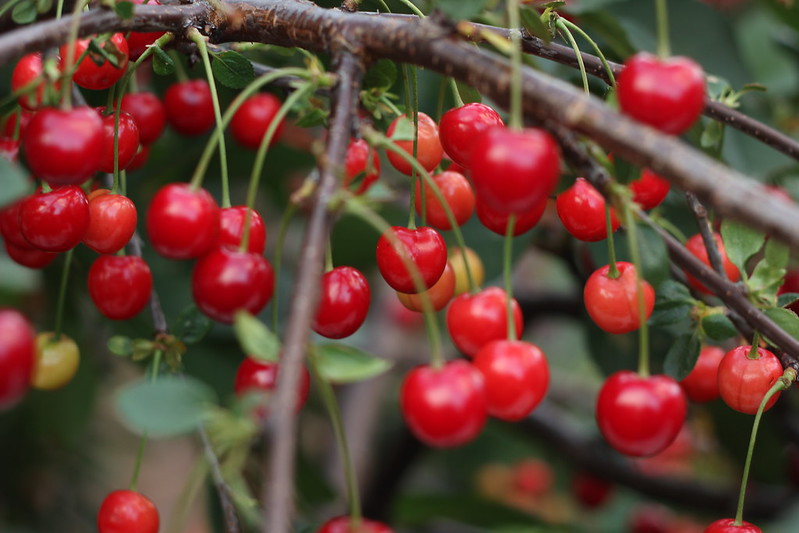 |
| Heritage tomato 'Vintage Wine' - yet to mature |
Yes indeed, here we are again as summer fades and I have yet to reap a decent harvest of tomatoes for the second year running. As I roll my eyes heavenwards and raise my eyebrows, I have to ask "Why?" - as in, why is this happening?, why am I bothering? and just why! oh why! My frustration is extreme.
Last year's plants produced heaps of fruit but blight struck before any of it could ripen. This year I bought fresh seed with thrilling names like 'Banana Legs', 'Vintage Wine' and 'Deep Orange Strawberry', carefully chosen to produce a tempting cornucopia of tomatoes of different hues, sizes and textures for summer cooking and eating. Oh boy, was I looking forward to this!
Sowing, germination, potting on - all went as planned. The seedlings grew at first on my windowsills then outside on my balcony where light breezes ruffled their leaves and strengthened the stems. I moved the sturdiest into large pots of peat free multi purpose when the weather warmed (I wanted to be able to move the pots around if needed) and left these outside where they would get water and some sun. I rashly judged that I had too many tomato plants and gave some away.
And then the rains came.
Slugs languished in a sensuously drunken fashion at the very pinnacle of the plants, or nestled into the leaves further down. The sight of this abandoned mollusc behaviour became the norm, even in daylight hours. I persevered and picked them off, time after time.
Despite the relentless slug sorties, the plants grew and thrived. But, on some, flowers just didn't form. I boosted the plants with the gardener's friend, Tomorite. A few tiny fruits formed but it was too little, too late. I've had two ripe tomatoes from plants given to me by my sister and I live in hope for the few home-grown tomatoes still to ripen: one beefsteak Vintage Wine lately formed and what will amount to a small bowl of Banana Legs.
 |
| Banana Legs - these should be as yellow as a .... yep, banana. |
Naturally, further research was needed; I've been reading for weeks about other bloggers generous gatherings of luscious tomatoes - or perhaps that was my envious imagination. Anyhow,
the RHS advises that tomatoes, although relatively easy to grow, are prone to physiological disorders ie problems encountered in controlling the plants sensitivity to temperature, nutrients and light. So... not easy at all then. Apparently even greenhouse grown fruit are susceptible to problems. I recall a BBC programme where Alys Fowler built a tiny greenhouse out of reclaimed windows for her tomato plants in a bid to keep blight at bay. Did it work? No. Even experienced growers suffer. And yet, a few years ago, I had plenty of tomatoes from plants literally plonked into the soil on my balcony - they were still chucking out fruit in December!
So what's the answer? Anna Pavord in her book 'Growing Food' writes that many cultivars, particularly cordons, are best grown under glass although can be grown outside if circumstances are right. All my choices this year are a Heritage cordon variety and, without a greenhouse, would have been best grown against a sunny wall for warmth and shelter. The book also advises that tomatoes grown outside do best in soil that has been well-manured and in a different spot to previous year's growth to avoid build up of soil diseases. Pot grown tomatoes are best fed and watered twice a day in a hot summer. Another fail on my part - I was sometimes too busy elsewhere to check.
I gleaned another clue from Joy Larkcom's book 'Grow your own vegetables': she says most heritage or heirloom tomatoes are late maturing. (There's hope yet.) Cordon types need to have the tops pinched off (stopped) in late summer to let any fruit mature and ripen.
So to summarise, these are lessons to take forward to next year:
- Choose seeds wisely. Very important to find out whether seeds are suitable for outdoor growing.
- Choose early maturing cultivars to beat blight and poor summer weather.
- If growing outdoors, dig a 12" deep trench and line with comfrey leaves or dig in well rotted manure a couple of weeks before planting out. Tomatoes like a moist free draining soil.
- Find a nice heat retaining wall to grow against. (I'm wondering if a black backcloth might also work?). Hedges are not suitable places to plant as the soil will be too dry.
- If I must grow beefsteak tomatoes (and I feel I might), treat them like chillies with plenty of warmth and light.
- Try not to plant tomatoes in the same spot; they need a different plot every four years to minimise build up of soil problems.
It certainly isn't the piece of cake we're led to believe - Joy Larkcom devotes
eight pages of her very comprehensive book to the subject of growing tomatoes.
I feel heartened having written this post as there may just be enough time for my tomatoes to ripen - with the right wall to lean on. Next year, I'll plant early and try them up at the allotments (although I heard there's blight up there this year). And maybe I'll curb my tendency to opt for beautifully named Heritage varieties, a bit like choosing which horse to back in the Grand National, although 'Outdoor Girl' and 'First in Field' have done well for me in the past.
It would be really good to hear which varieties have done well for other growers this summer with recommendations for a good eating and good cooking tomato. I'm tempted by 'Ferline' - has anyone grown it?




















